Seasonal Changes in Bird Plumage: Nature’s Shifting Palette
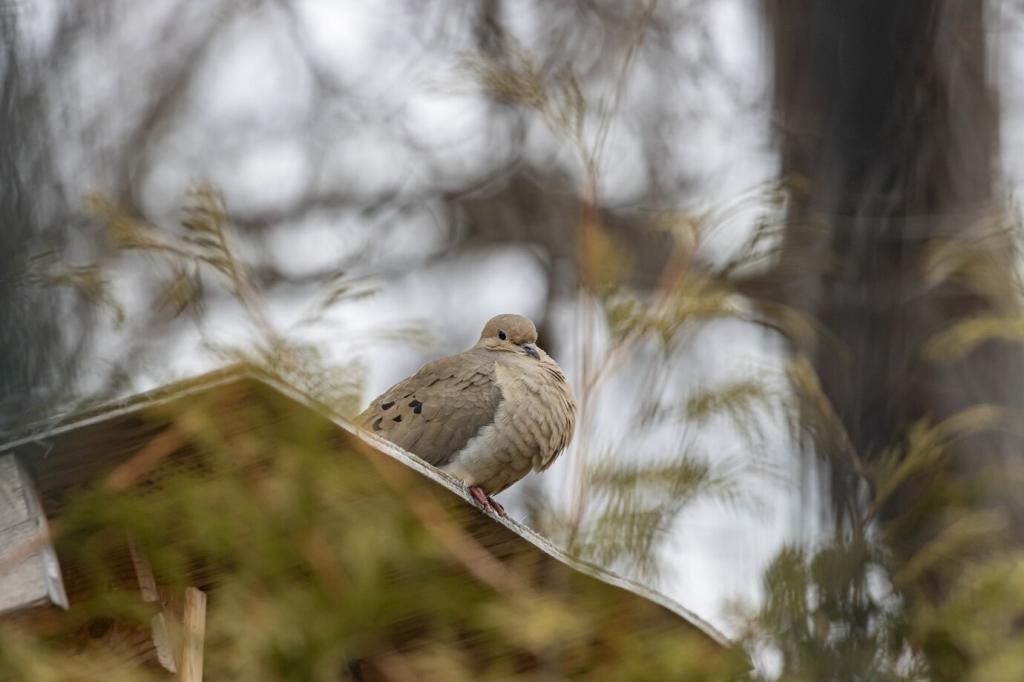
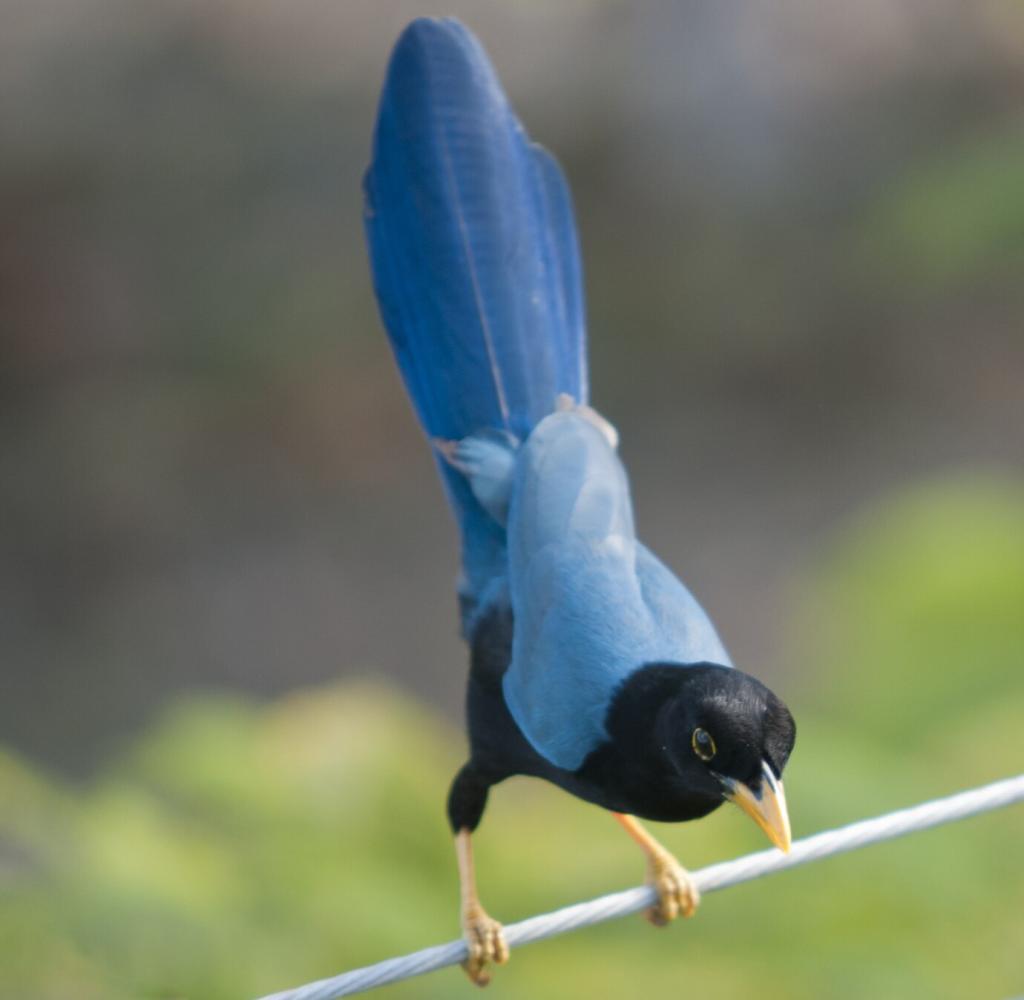
Why Plumage Changes with the Seasons
In spring, brighter plumage can advertise fitness, helping birds secure mates and territories. Think of male warblers flaring fresh masks or mallard drakes gleaming green. These displays aren’t vanity; they reflect health, diet, and timing. Share your earliest spring color sighting in the comments and compare dates across years.
Why Plumage Changes with the Seasons
When snow settles, plumage often softens or blanches. Ptarmigan turn white, shorebirds mute their tones, and sparrows fade to protectively patterned browns. Blending in reduces energy-draining chases and improves survival in lean months. If winter brings subtle shades to your area, subscribe and tell us which bird does “disappear” best.
Molting Mechanics: How Feathers Renew
Day length cues the brain to adjust hormones like prolactin, thyroid hormones, and testosterone, nudging molt to start or pause. These signals balance breeding, migration, and feather growth. On an early summer walk, note longer daylight and watch for missing primaries—your clue that biology is shifting toward fresh flight feathers.
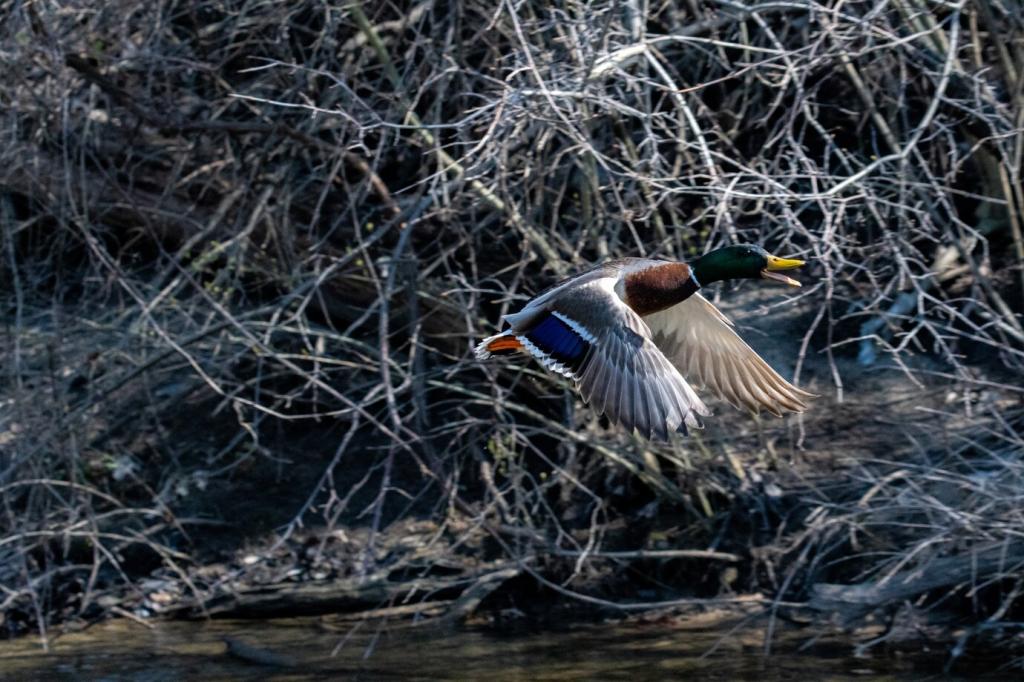
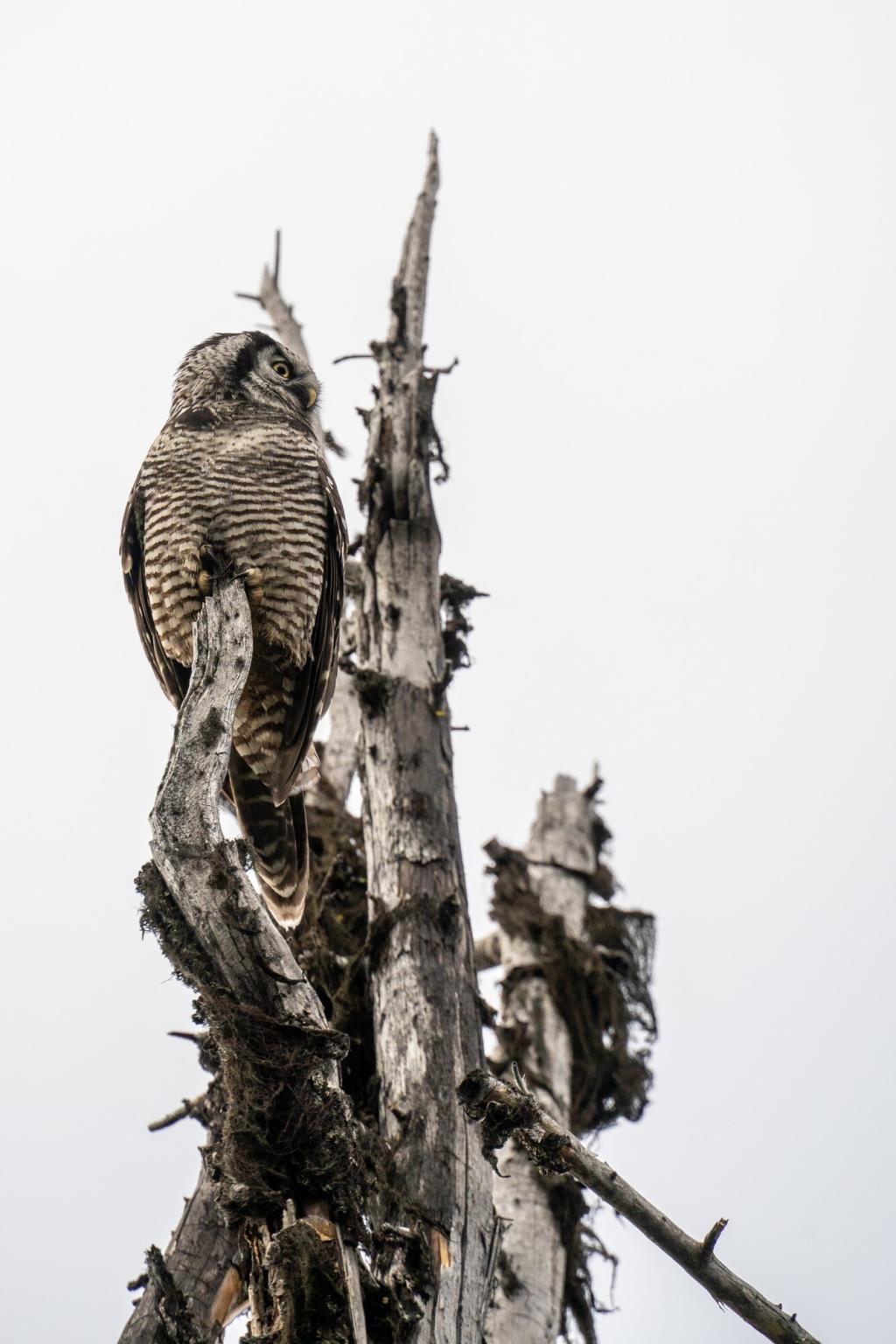
Willow Ptarmigan’s Snow-White Winter
From mottled browns to pure white, ptarmigan mirror the tundra’s changing canvas. Winter whiteness hides them from foxes and raptors; subtle dark tails break up silhouette. As springs advance unevenly, mismatches between plumage and snow cover increase danger. Seen a late white bird on bare ground? Report timing and location to help researchers.
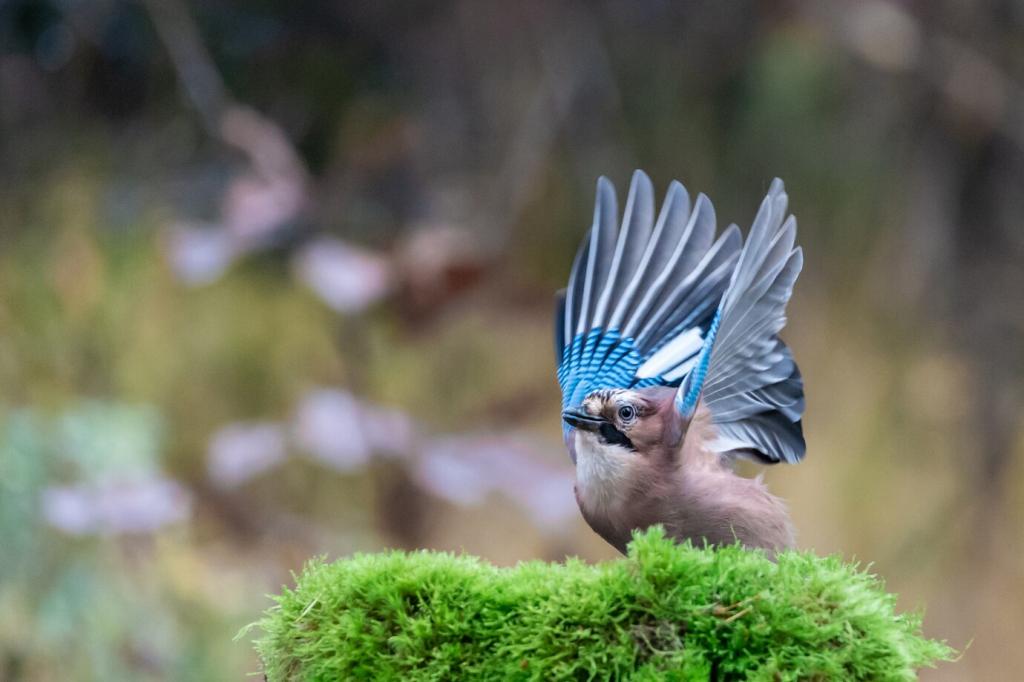
American Goldfinch’s Lemon Burst
Goldfinches transform from olive-brown to vibrant yellow, fueled by carotenoid-rich diets and timed molts. One neighborhood child gasped, “It turned neon overnight!”—a perfect teachable moment about hormones and food quality. Try offering fresh thistle and record weekly color scores. Comment your first yellow flash each year to map regional variations.
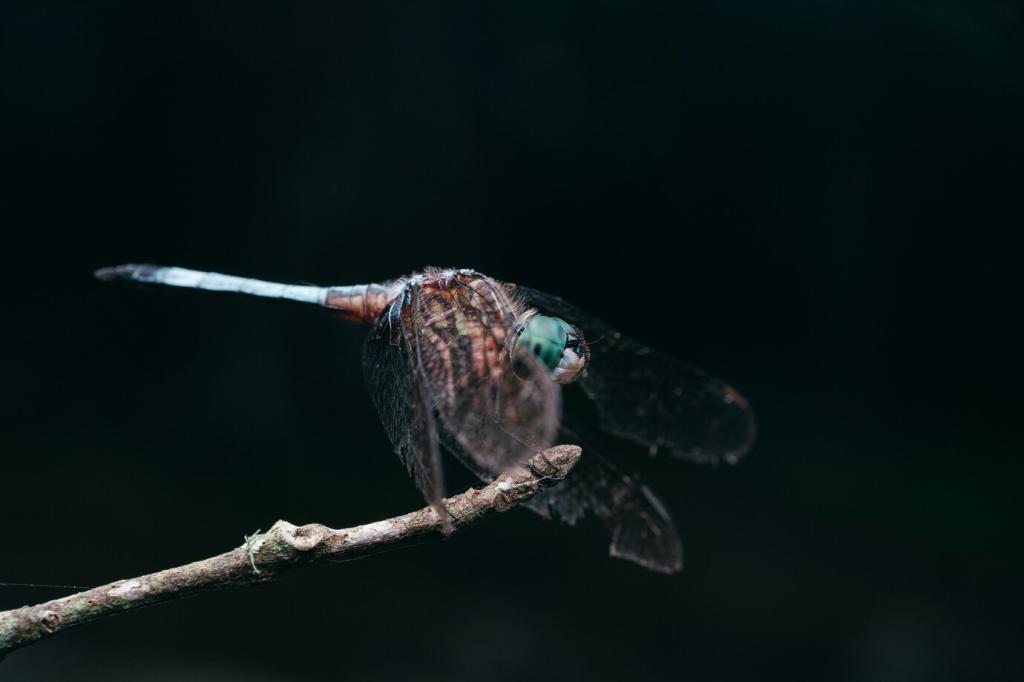
Mallard Drakes and Eclipse Plumage
After breeding, drakes slip into eclipse plumage, cryptic browns that hide them while they molt flight feathers and briefly become flightless. Bills and subtle head tones still offer clues for identification. Watch from a respectful distance, note dates, and share observations so we can chart regional eclipse windows together.
Patterns Over Color
When plumage shifts, rely on shape, wing bars, eye rings, and tail patterns. Juveniles complicate things, yet proportions and behavior stay consistent. Focus on posture and flight style. Start a running list of structural hallmarks for tricky species, and reply with your best non-color cue for autumn warblers.
Habitat and Timing
Phenology narrows choices. A drab shorebird in August mudflats likely differs from a similar bird on May beaches. Local checklists and eBird bar charts reveal arrival peaks and molt windows. Compare your weekly walks, note habitat changes, and subscribe for monthly ID challenges that follow the seasonal clock.
The Science Behind the Sheen
Structural Colors vs. Pigments
Blues and iridescence arise from feather microstructures scattering light, while carotenoids and melanins provide yellows, reds, blacks, and browns. As feathers wear, hidden hues emerge. European Starlings can look oil-slick glossy, then speckled as tips erode. Share close-up photos; we’ll annotate where structure and pigment each dominate.
Diet, Health, and Honest Signals
Bright breeding plumage can signal a bird’s health and foraging success. Carotenoid access, parasite load, and stress shape color intensity. House Finches, for example, vary from yellow to red based on diet. Keep feeder notes on foods offered and resulting shades, then post your data to compare across regions.
Citizen Science Matters
Your observations of molt and color timing can fill research gaps. Projects on eBird and iNaturalist welcome photos and detailed notes about feather condition. Create a personal plumage calendar for one species this year and share monthly updates. Together, we’ll build a timeline useful to scientists and birders alike.
Climate Change and Mismatch Risks
Ptarmigan and snow buntings depend on snowy backdrops. With patchy snow, white birds become conspicuous, inviting predators. Studies from high latitudes already document increased risk. If you notice late snow or early melt affecting camouflage, report observations and support habitat conservation groups working on climate resilience strategies.
How to Observe Seasonal Plumage Ethically
Respect Flightless Molt Periods
Waterfowl in eclipse can be temporarily flightless and vulnerable. Keep a generous distance, avoid herding birds off water, and use stable binocular rests. Model considerate behavior on group outings, and encourage newcomers to follow suit by sharing these guidelines whenever you post your seasonal photos.
Photography with Purpose
Chase light, not birds. Use early sun to highlight molt limits and subtle wear without flushing subjects. Include dates, locations, and notes about feather condition in captions. Tag your images with our community hashtag and subscribe to monthly roundups celebrating ethical, informative photos of seasonal changes.
Keep Thorough Field Notes
Write down date, weather, behavior, and precisely which feathers looked fresh or worn. Sketching feather tracts locks in details that photos miss. Share a sample page in the comments to inspire others, and join our newsletter for printable checklists tailored to seasonal plumage observations.
Get Involved: Backyard and Beyond
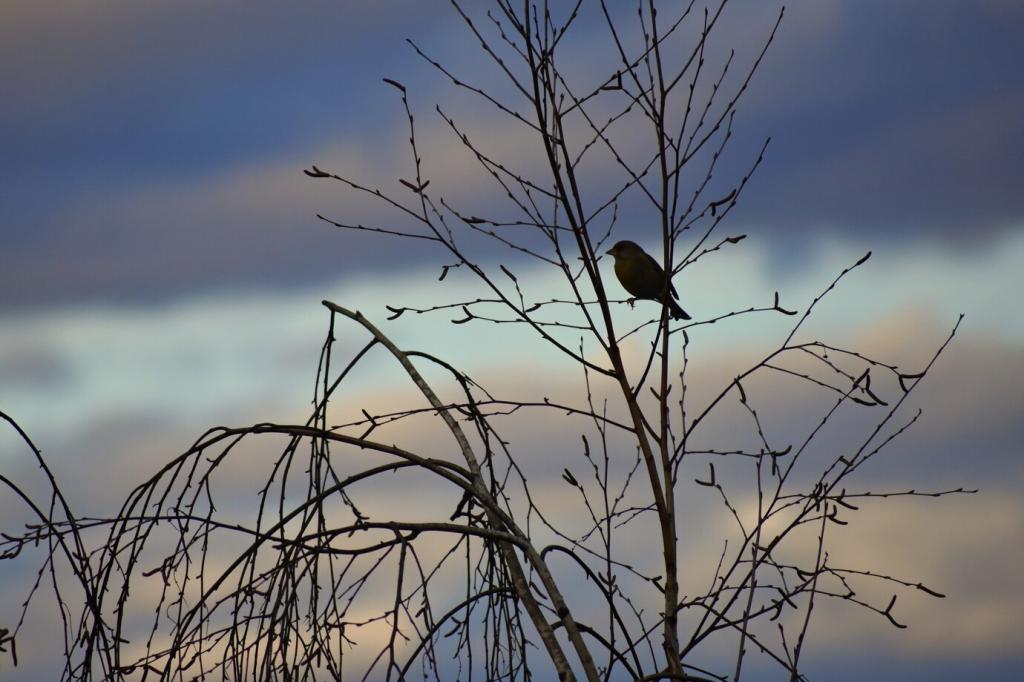
Seasonal Feeder Strategy
Adjust offerings with the calendar—nyjer for finches, clean water for pre-molt bathers, and native seed heads left standing for natural foraging. Track weekly color changes at your feeders and submit a short report. We’ll feature standout logs that reveal clear seasonal transitions.
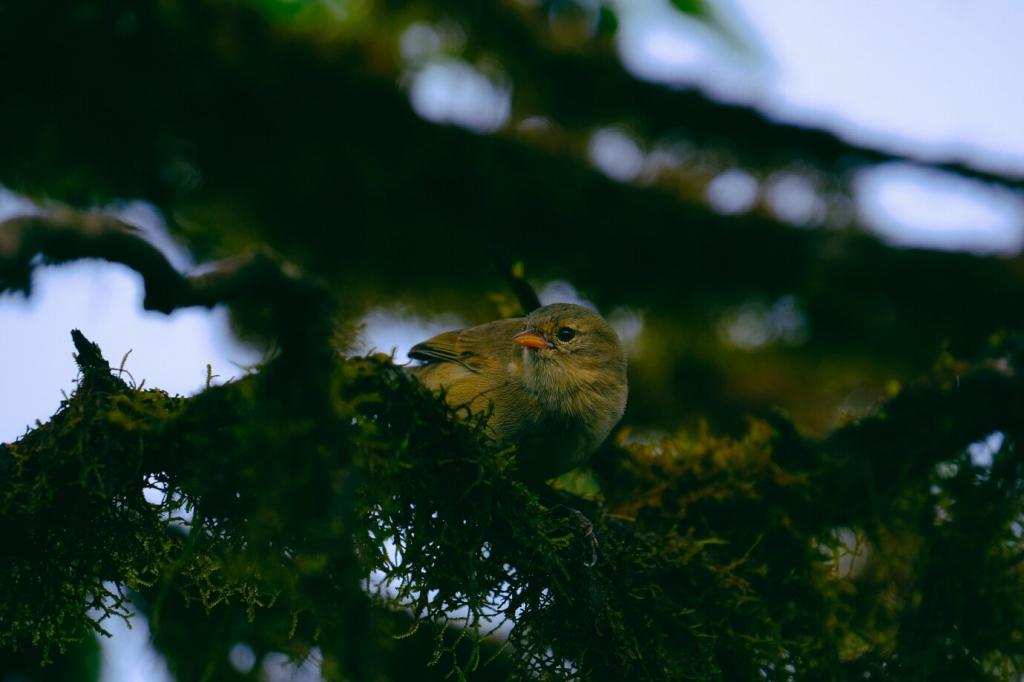
Monthly Photo Series Challenge
Choose one species and photograph it monthly, aiming to capture molt limits and color evolution. Compile a year-end montage with dates and locations. Share your series in the community thread, tag it with our hashtag, and tell us which month’s transformation surprised you most.

Subscribe, Comment, Connect
Subscribe for field prompts timed to molt cycles, and comment with your first memory of noticing a seasonal color shift. Invite a friend to join our next community walk. Together we’ll keep watching the calendar written in feathers—and celebrate every quiet, luminous change.
